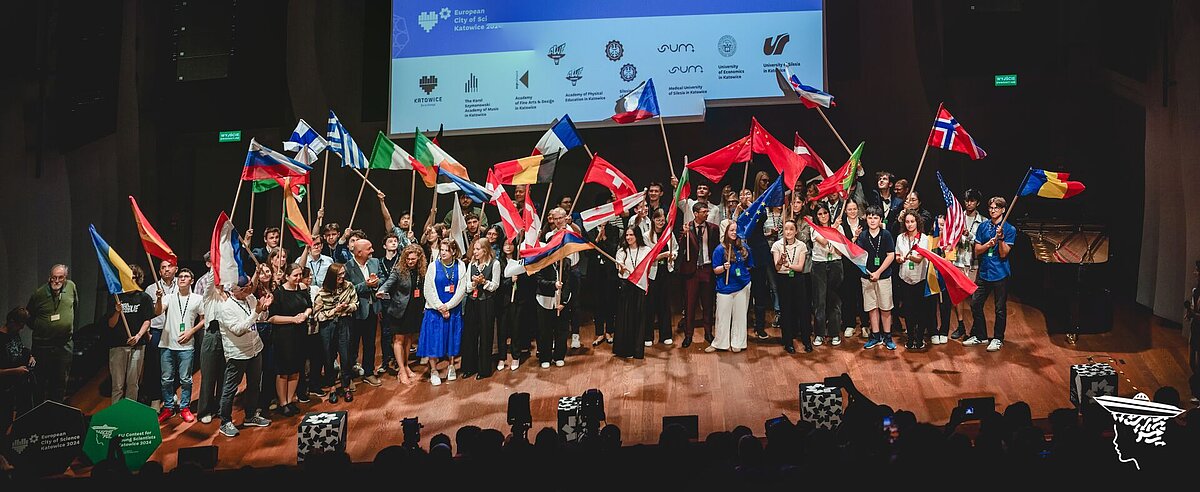
From 15 to 20 September, the European Union Contest for Young Scientists (EUCYS) – the most prestigious exhibition of student research projects in Europe – will take place for the first time in Riga. The competition will bring together 134 young researchers from 37 countries to present their innovative projects to an international jury and the public. Latvia will be represented by three projects, including ones developed in close collaboration with Latvian institutes and their scientists.
Among these young researchers are Aleksis Veide and Francis Roops, who developed a project on detecting black ice on roads with the help of light in cooperation with the Institute of Solid State Physics, University of Latvia (ISSP UL). They created a portable device that, using a laser beam and computer vision algorithms, can detect ice thickness and the presence of dangerous black ice. During the project, the students consulted with Aleksejs Zolotarjovs, head of the Optical Materials Laboratory, who supported them in developing the idea and creating the prototype, also making use of 3D printing.
Such examples clearly demonstrate how ISSP UL scientists help students turn ideas into real technologies and encourage them to continue their journey in science and innovation. The young researchers emphasize that collaboration with scientists allowed them to see the real research environment and to understand how theory translates into a practical prototype. Aleksis says: “The important thing is attitude and the drive to learn – not being afraid to ask why something works this way and not another, and what can be done with it. That makes you think about other related topics, ask questions to yourself and others, and that’s what leads you toward science.”